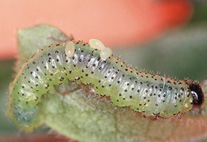Abstract
We describe a new ornithuromorph bird species, Gansus zheni from the Lower Cretaceous lacustrine deposits of the Jiufotang Formation (Jehol Group), Liaoning Province, China. A cladistic analysis resolves Gansus zheni as the sister taxon of the roughly contemporaneous Gansus yumenensis (Xiagou Formation, Gansu Province), and together as the most immediate outgroup to Ornithurae. Gansus zheni is the most advanced bird known today for the Jehol Biota. Its discovery provides the best-documented case of inter-basinal correlations (Jehol and Changma basins of Liaoning and Gansu provinces, respectively) using low-taxonomic clades of fossil birds. The existence of close relatives of Ornithurae in deposits formed at about 120 million years ago helps to mitigate the long-standing controversy between molecular and paleontological evidence for the temporal divergence of modern birds (Neornithes).

